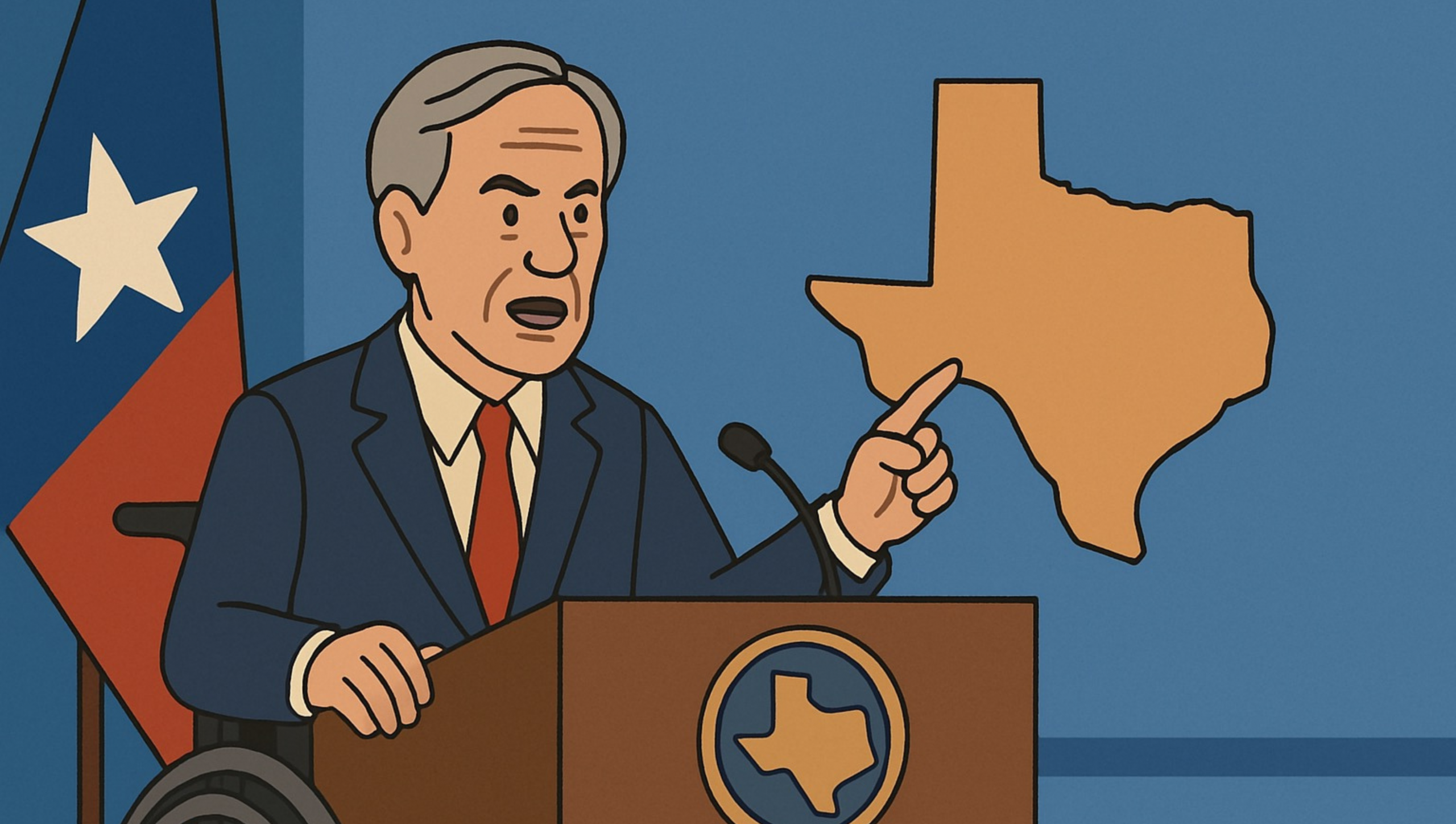Recently, the Huffines Liberty Foundation released a report entitled “Texas Property Taxes: A State-to-State Comparison.” As the first in a three-part series, the report itself claims to be a road map to abolish property taxes in Texas, something the majority of conservatives in Texas seem to agree on.
If you are not familiar with the Huffines Liberty Foundation, here is its mission statement:
The mission of the Huffines Liberty Foundation is to advance the cause of liberty in the State of
Texas and educate citizens to hold their elected officials accountable.We will develop an agenda based upon common sense and the liberty principles of individual
rights, fiscal restraint, personal responsibility, limited government, and social conservatism.The foundation will encourage and educate citizens, so they are better informed to tackle the
toughest challenges
The report’s summary explains that Texas has one of the highest property tax burdens in the United States, something that Texans for Fiscal Responsibility has reported on many times before. The Texas business property tax burden is ranked ninth in the nation, while homeowners in Texas find themselves in an even worse spot, coming in at sixth highest in the nation.
The report makes the case that the main driver behind high property taxes in Texas is spending by school districts and local governments. According to the report, “Multiple efforts over the last 25 years by the Texas Legislature to provide property tax relief for Texas homeowners and businesses have failed because the state’s politicians have refused to rein in local spending.”
This is a pretty fair assessment, as the games played in relation to Texas’s recent property tax reform attempt in 2019 resulted in higher taxes for everyone. No taxpayers have experienced any property tax reduction as a result of Texas lawmakers’ efforts. On the contrary, everyone’s tax burdens have only continued to increase, while politicians continue to gaslight voters into believing they provided historic reform. Taxpayers are not buying it, simply because it is not that hard to look at your tax bill and realize your taxes went up instead of down.
The report gives a few examples of how local political subdivisions are increasing tax burdens, using data from Pflugerville and Fort Bend Independent School Districts. In these examples, they show how the local subdivisions deceptively promoted rate decreases while simultaneously not disclosing that tax revenues would increase dramatically. From these two examples, they draw three conclusions:
First, local government spending drives property tax increases. If cities, counties, school districts, and special purpose districts would slow or stop spending increases, property tax levies could hold steady or even decrease.
Second, many school districts and local governments will go to great lengths to deceive voters about increases in spending and property taxes.
Third, the Texas Legislature in numerous efforts over the last 25 years has failed to provide property tax relief to Texans.
In the latter part of the report, they compare the state of Florida to Texas on property taxes. They make the important distinction that neither state has an income tax, something that is usually blamed for high property taxes. If Florida has no income tax, how can it have such lower property taxes compared to Texas? Texas specifically has a property tax rate of 2.5% (ninth highest in the nation), compared to Florida’s 1.93% (25th highest in the nation). It also is noted that although populations and business climates are comparable between the two states, even Florida’s sales tax (7.01%) is much lower compared to Texas’ (8.2%). The conclusion drawn from this is as follows:
Thus despite the similarities of the two states in population, geography, economies, and lack of a personal income tax, Florida manages to maintain both lower property taxes and lower sales taxes than Texas. How does Florida manage this? It spends less money.
Ultimately, what separates two very similar states when it comes to tax burdens is government spending. The key to eliminating property taxes in Texas will be reining in government spending and returning to fiscally responsible policies. One very practical solution at the local level we could pass this next cycle would be to place a statewide spending cap on all local political subdivisions tied to population and inflation. This would be a start, but not the full solution. If you are interested in the full solution, I recommend you take a look at TFR’s Texas Prosperity Plan.
What is Next?
The next legislative session is set to begin in January of 2023. Your elected officials need to hear from you.
How can you help? Go read the Texas Prosperity Plan for yourself and voice your support for banning taxpayer-funded lobbying, eliminating the property tax, and freezing state spending by signing up to support the TPP. Sign up for The Fiscal Note to stay up to date on all fiscal issues that affect Texans, especially our broken property tax system. We CAN put Texas on a path to fiscal sanity and future prosperity if we amplify our voices loudly enough.




